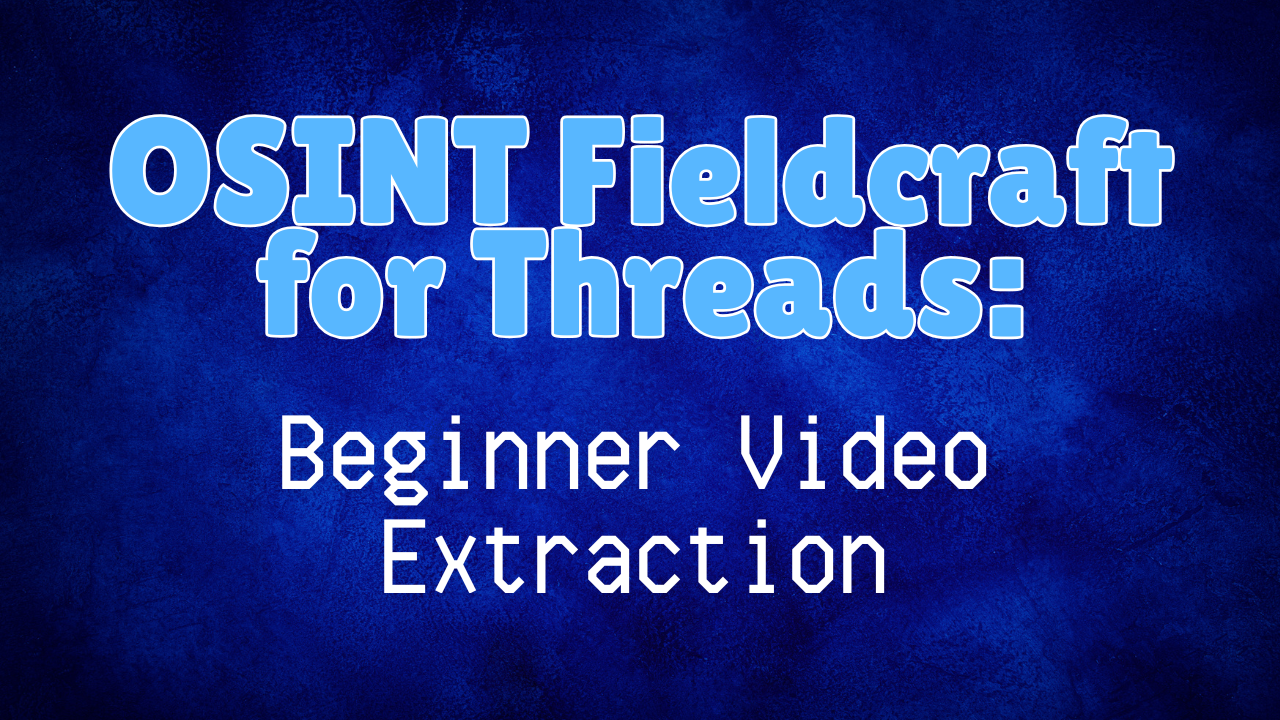How to Use My ACH (Analysis of Competing Hypotheses) GPT — The Smartest Way to Stress-Test Your Case
Learn how to use an ACH (Analysis of Competing Hypotheses) GPT to evaluate evidence, generate hypotheses, build an ACH matrix, and identify what evidence to collect next for better investigative results.
From Telegram to Discord: How Crypto Scams Funnel Victims Step by Step
Cryptocurrency scams rarely start with “Send me money.”
Instead, they unfold as a carefully staged social funnel, designed to build trust, create urgency, and isolate victims before the financial hit occurs. One of the most common modern patterns is the Telegram → Discord pipeline. Understanding this flow is crucial for identifying red flags early, before significant losses occur. Don’t be locked into Telegram or Discord though, the idea is that a more public and accessible channel is the lure to a more private space.
OSINT Fieldcraft for Threads: Beginner Video Extraction
This beginner-friendly OSINT guide explains how to safely download and preserve videos from Threads.net using OPSEC-conscious methods. You’ll learn multiple techniques—from simple screen recording to browser developer tools and advanced stream capture—along with troubleshooting tips for people who can’t access DevTools. The article also includes essential safety practices, evidence-logging advice, recommended hashing tools, and step-by-step instructions for recording on Windows, Mac, Linux, Android, and iPhone. Perfect for new OSINT practitioners, digital investigators, and anyone who wants to collect online video securely and responsibly.
Why Every OSINT Professional Should Know Sarah Womer
Every once in a while, you meet someone who raises the bar for everyone around them. For us at Plessas Experts Network, that person is Sarah Womer. From the moment we began working together, it was clear that Sarah was extraordinary.
All About OSINT: Interviewing the Experts
“In the world of OSINT, every detail has the potential to unravel entire stories. Niles Gooding, owner of Varda Investigations LLC, captures the thrill of discovery best when he describes following a trail of digital clues from a single hint, each link revealing another layer of the story. ‘One piece of information will inevitably lead to another and then another,’ he shared, embodying the curiosity that drives this field. This theme of uncovering hidden truths, shared by nearly every OSINT expert I spoke to, makes the field not just a career but an endless puzzle waiting to be solved.”





